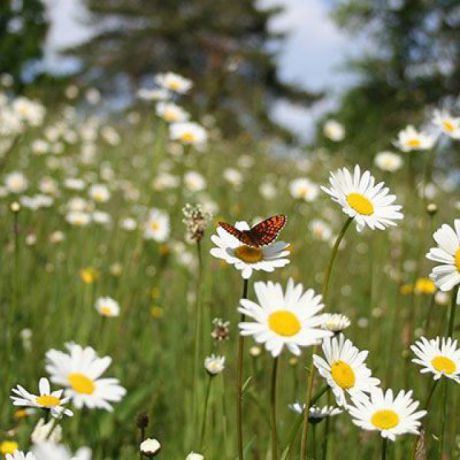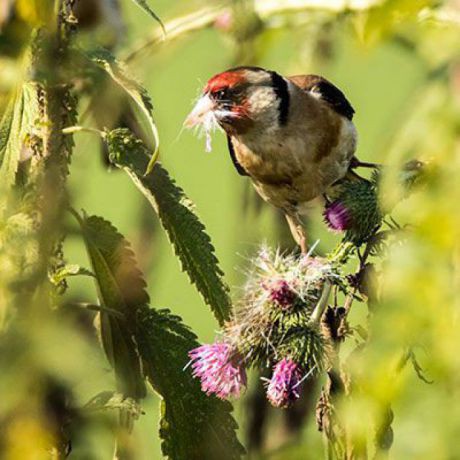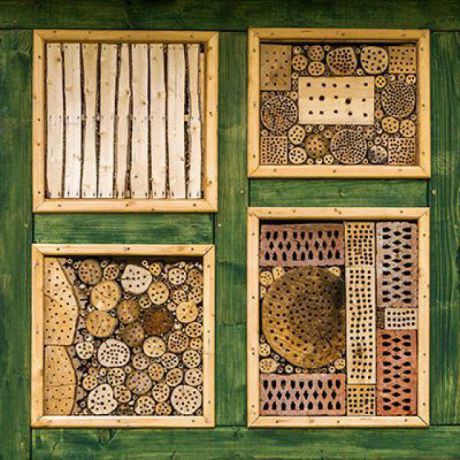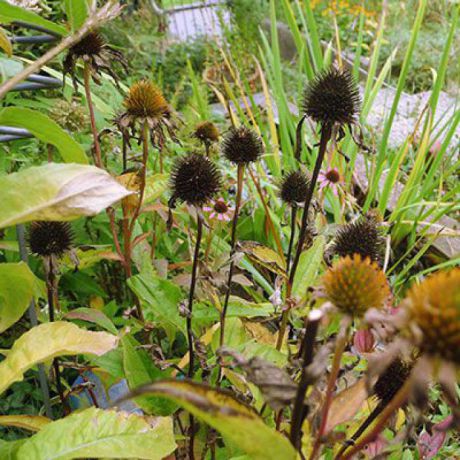Flourishing life in community and neighbourhood gardens
Planting vegetables and making friends - community gardens are just the place for both. They also play an important role when it comes to connecting city and nature, as they are urban oases. They are places with great potential for biodiversity on all levels: Diversity of vegetables, fruit, wild animals, and wild plants. Between the patches and on the margin, you can create flowered areas and habitations for animals in even the smallest of spaces. Flowers can be food for butterflies, shrubs can be nesting places for birds, and sunny spots in the grass can provide shelter for grasshoppers.
Target species
Good to know
- The more natural you design it, the more diverse the flora and fauna will be, and the easier will you be able to experience nature.
- Different structures such as rocky and water elements, patches of grass, hedges, and brushwood piles create important refuges for many small animals.
- Use peat-free soil! Locally produced compost is best. You will promote the local circular economy and preserve swamps.
- Please avoid chemical fertilizers and pesticides! It’s much better to use natural fertilizer.
What does the City of Vienna do?
The City of Vienna supports the founding of community gardens. Find more information here:
GBstern: Nachbarschaftsgärten (gbstern.at)






